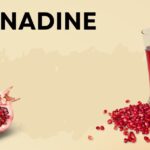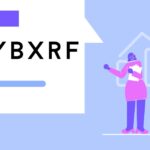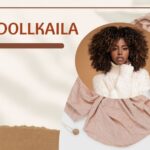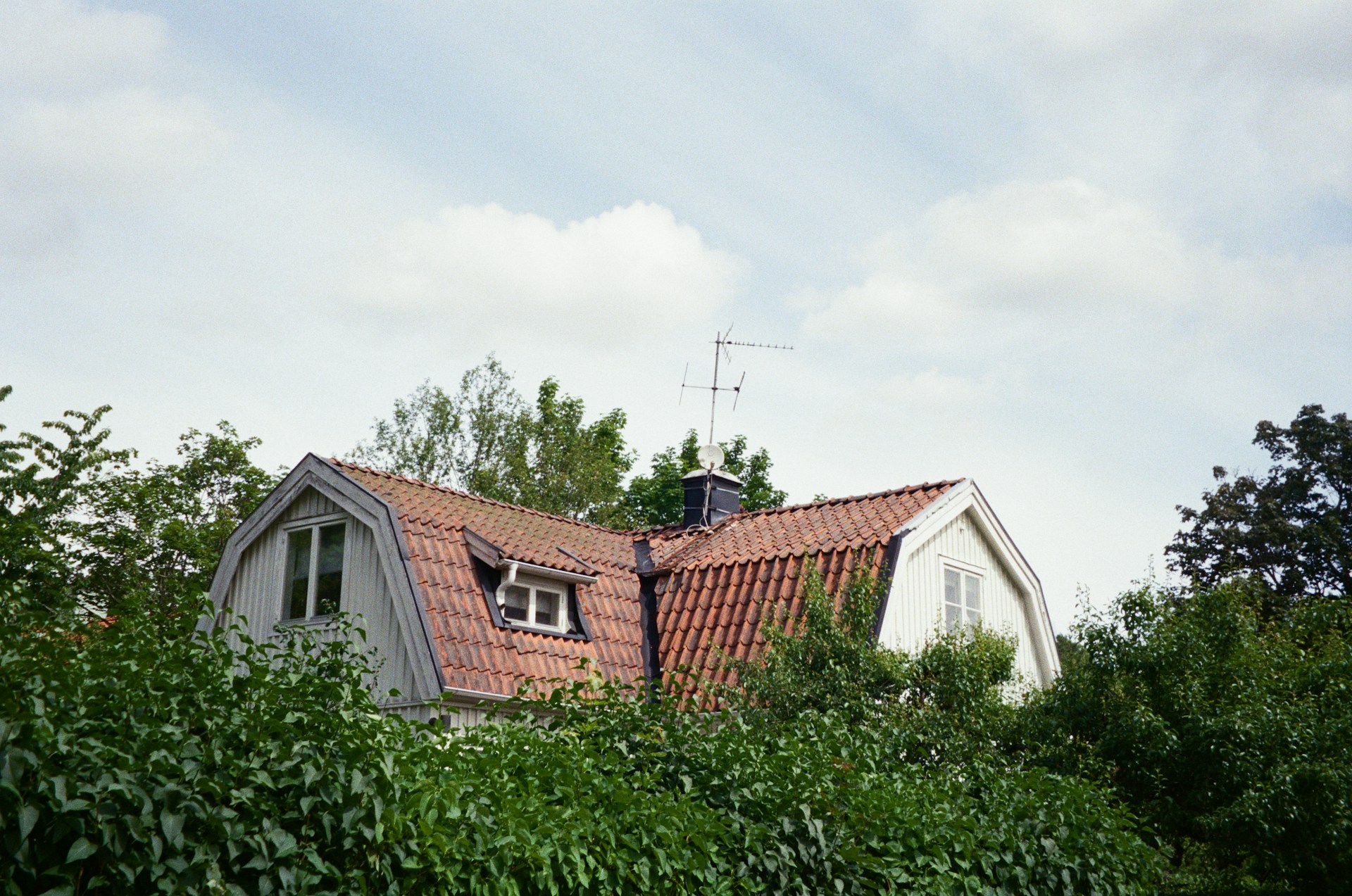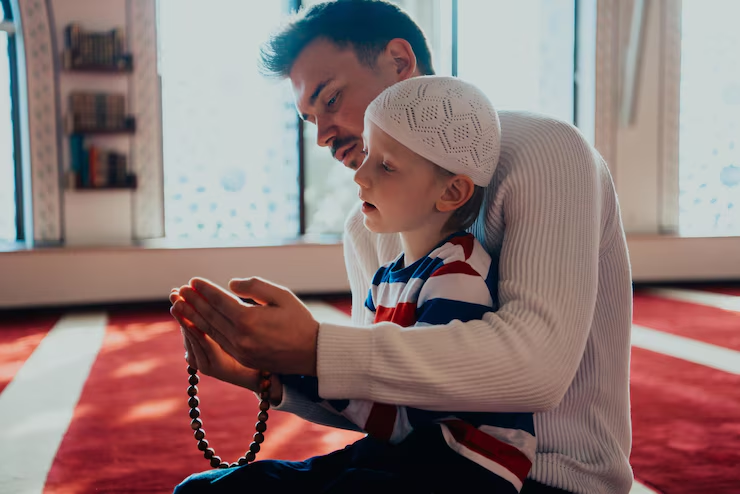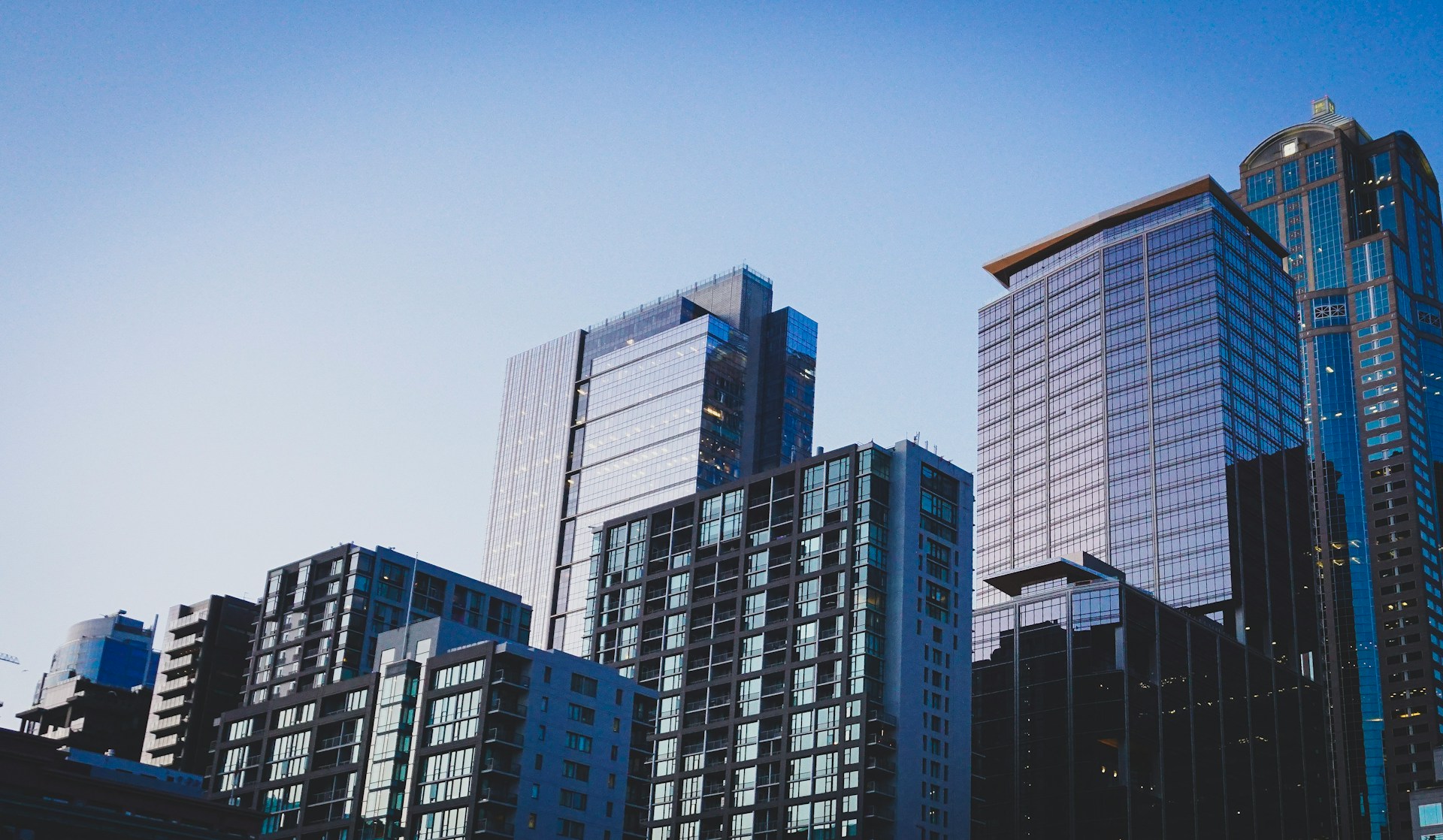When did you move to the States?
I moved to Alabama in 2006 and enrolled at the University of Alabama in Huntsville, from where I graduated in 2010 with a degree in studio art and a minor in art history. Last year, 2014, I earned a MFA in painting and drawing from Wichita State University in Wichita, Kansas.
Was your art influenced by the transition?
Moving to new country and having a chance to study in a different environment was very exciting for me. The first challenges I encountered in Alabama were the southern dialect and accent and the lack of public transportation. Whereas creatively, the change of the geographical position meant the opportunity to travel to centers of the art world like NYC, and Chicago, to experience the work of some of the Masters like Picasso, Monet, to be in a serene contemplative state with Rothko’s Chapel in Houston, Texas, and the chance to see more contemporary work by many contemporary artists such as Kara Walker, Trenton Doyle Hancock, Jeff Koons, Jane Alexander to name a few. Overall, having the opportunity to study in a different environment had its own influence but my artwork was evolving and changing as I was introduced to different conceptual avenues through school.
Do you experiment with color?
At heart, I am a painter who loves color. But In Graduate school through experimentation and explorations of different mediums and applications, I came to realize that charcoal medium and the process of adding and subtracting works the best with the concept of my work and the metaphorical nature of the mutant characters. Charcoal is very versatile that has ability to capture both gestures and emotions with an intuitive mixture of the soft and the dark. It provides flexibility and immediacy of drawing. Therefore its transformative nature and its performative qualities allow me to add and subtract, to be expressive and aggressive with it, and to produce lines with either a soft or strong quality.
How do you set up your installation?
I use installations as my main format to create compositional arrangements based upon the layout of galleries and museums. The mutant characters are drawn on a gesso paper through the process of adding and subtracting charcoal. After, they are being liberated from their origin (the paper) by being cut out. As cutouts they are being attached directly to the walls and compositionally arranged into constructed non-linear narratives, where the wall becomes “the paper”. Sometimes, I draw on the walls as well. The drawing cutouts vary in size from a 1 foot up to 12 feet in height and the characters are usually the same, more or less, depending on the available wall space and the narrative scenes. If the space allows, I usually tend to create more of an installation environment. Moreover the whole installation process can take anywhere from 20 to 60 hours, depending on the size of the gallery.
What does your sketchbook look like?
Due to the process of adding and subtracting charcoal medium and the expressive mark making that allows my work to be in constant flux, I do not feel its necessary for me to draw the characters I have in mind out on the sketchbook pages before being executed on the actual prepared paper. Even though, I do sometimes use the sketchbook to quick gesture or outline a certain characters’ body postures while figuring out their position on a wall or in a space. But generally, my sketchbook is more like a notebook. I use it to write down notes about ideas, research or to plan a certain gallery installations.
Do you plan out your ideas or do you sit down and go straight to creating? For me, the process of creating begins way before the physical exhaustion of the ideas. It begins with choosing an Idea then figuring out which metaphors I want to use, where and how will they be portrayed in the work, which questions I want to ask with the work as well as which medium I want to use for the particular idea. After comes the physical creating. For example, when I have an idea about a new character, once I have figured out the main conceptual aspects of the character, I begin drawing without a previous set idea of how this character should look like at the end. I let the process of transformation of the character take its course through the many layers of adding and subtracting charcoal while using intuition to decide when the new character is born.
Your titles are very short, straight to the point or nonexistent. How do you decide which to give names to?
The characters are metaphorical androgynous, humanoid mutants infused with sarcasm in different shapes, sizes and functions. Along with the metaphorical nature of the work, ambiguity is another important aspect in the work that is also evident in the titles. To those characters that have more ‘obvious’ metaphors I usually give them more of a ‘straight forward’ titles. Where as the untitled ones are left for the viewers to decide what the characters will be for them. The ambiguity of the unresolved titles gives freedom to the viewers to actively participate in using their imagination in exploring what are the figures and their different meanings as well as to construct their own narratives within the work.
What kind of responses have you received from your work?
The viewer is crucial for the activation of the work. Many of my drawings are large and the grand scale of them as well as the installation format is intended to create an exchange of power to fully engage and overwhelm the viewers in order to communicate empathy for my characters, identification with the work and to generate an emotional reaction. It serves to challenge the viewer to a critical response, in the sense that he or she will be provoked into thinking and questioning the presented ways for managing the contemporary social crises and anxieties. I have already had two solo exhibitions this year and during those exhibitions, the reactions of the viewers were as I exactly intended. First, they cross the threshold of the doors to the gallery, and awe and unsureness are the first experienced. Then tentativeness to actually enter the space. Once they are inside and have had time to study the compositions, the arrangement of characters, and the characters themselves, the viewers start seeing the dualities within the work. Rather than being scared they start to empathize with them. After their visit, I have had viewers coming to me or emailing me that the work has inspired them to question what’s going on around them and to take action on certain societal issues. I consider that a success.
What’s next for you and your art? Any upcoming exhibits or shows you’re excited about?
This year, I have had already a very active spring: with 2 solo exhibitions such as one at University of Alabama and another at Craddock-Terry Gallery in Lynchburg, Virginia, 2 residencies such as Outpost Residency and Grin City Collective, as well as 3 interviews. While I am in the constant process of applying for future exhibitions and residencies, I am excited about continuing a street project I started last summer in NYC. This project GSP (Guerilla Sticker Project) involved paper stickers out of some of my mutant characters with size from 2-5 inches that I was sticking them on various street locations overwhelmed with symbolism throughout New York City. This summer, I am taking the project to few major European cities such as Paris, Prague, Munich, and Venice.
Where as the fall months are reserved for planning out a start of a live/work artist residency in the capital of my home country, Macedonia with a fellow artist Kenneth Moore.
If there was one thing you could add to your artwork that just hasn’t manifested yet what would it be?
That would be definitely experimentation with animation. Because I work mainly with layering in my charcoal drawings, narrative and large-scale installations, my interest to animate my characters and give them movement comes as a natural evolution in my studio process.
See more and learn more about Ankica Mitrovska on her website.




